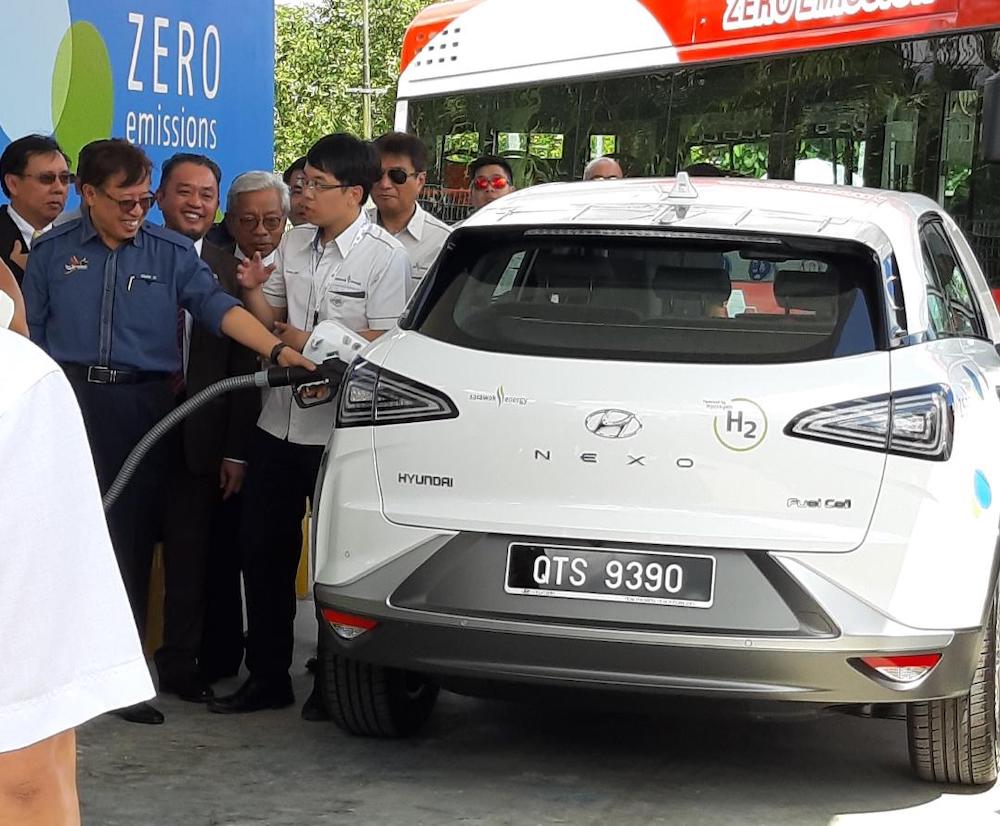- Bioenergy
–
- Malaysia
27 May 2019 11:34AM (Updated: 27 May 2019 11:32PM)
SINGAPORE: A S$40 million waste-to-energy research facility that converts rubbish collected from the Nanyang Technological University (NTU) campus into electricity and other by-products was launched on Monday (May 27).
In operation since March this year, the Tuas South facility houses a slagging gasification plant able to heat up to 1,600 degrees Celsius, almost twice that of conventional mass burn incinerators.
The high temperature turns the rubbish transported from NTU into syngas – mostly carbon dioxide and hydrogen – that can be used to produce electricity. The rubbish can also be converted into metal alloy granulates, which can be recycled, and slag, a glass-like material which can potentially be used as construction material.
About 85 per cent of the waste weight will be turned into syngas, 12 per cent into slag and metal alloy, and the remaining 3 per cent into fly ash.
The facility, which can treat 11-and-a-half tonnes of waste daily, was designed and built by an NTU team, supported by the National Research Foundation, National Environment Agency (NEA) and Economic Development Board.
Speaking at the official opening of the facility, Minister for the Environment and Water Resources Masagos Zulkifli said it “fills a gap” in the local waste-to-energy landscape.
“The opening of this facility showcases the university’s focus on the science of sustainability, and your commitment to our national effort towards a cleaner and greener Singapore,” said Mr Masagos.
“The facility fills a gap in the local waste-to-energy research landscape, by providing a platform for scientists and companies to demonstrate or test-bed their innovations and prototypes in an actual operating environment.”
NEA contributed S$12 million to the facility, which is slated to operate for 10 years.
Led by NTU’s Nanyang Environment and Water Research Institute, the facility’s plug-and-play features will also open the door for testing of technologies to converting waste into energy.
If proven successful, the technologies could enable more energy and materials to be recovered from waste, prolonging the lifespan of Semakau Landfill.
“With this facility in place, Singapore will be able to host sophisticated slagging gasification research, and develop our local expertise in waste-to-energy processes,” said Mr Masagos.
“NEA will explore plans to further research activities here, such as providing funding for the research community and industry to conduct test-bedding.”






